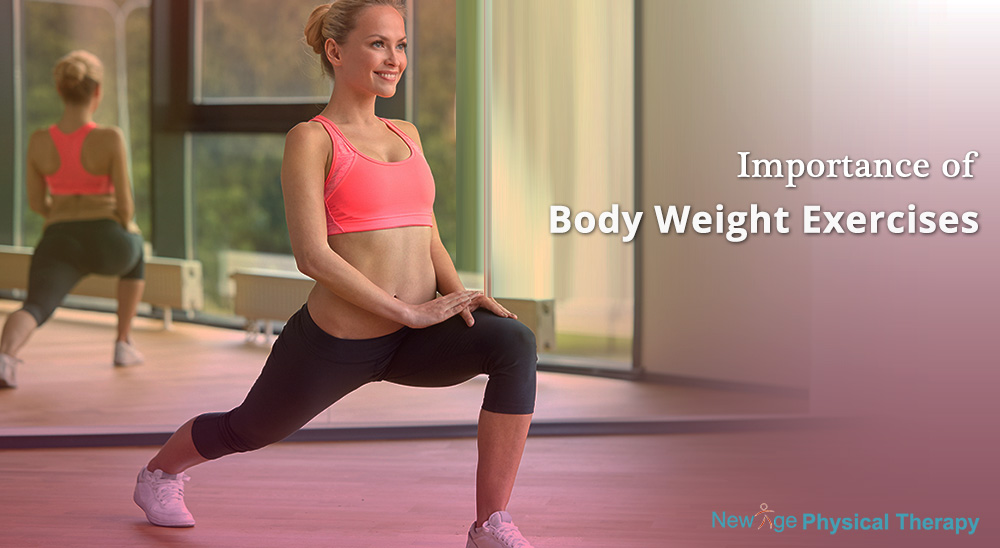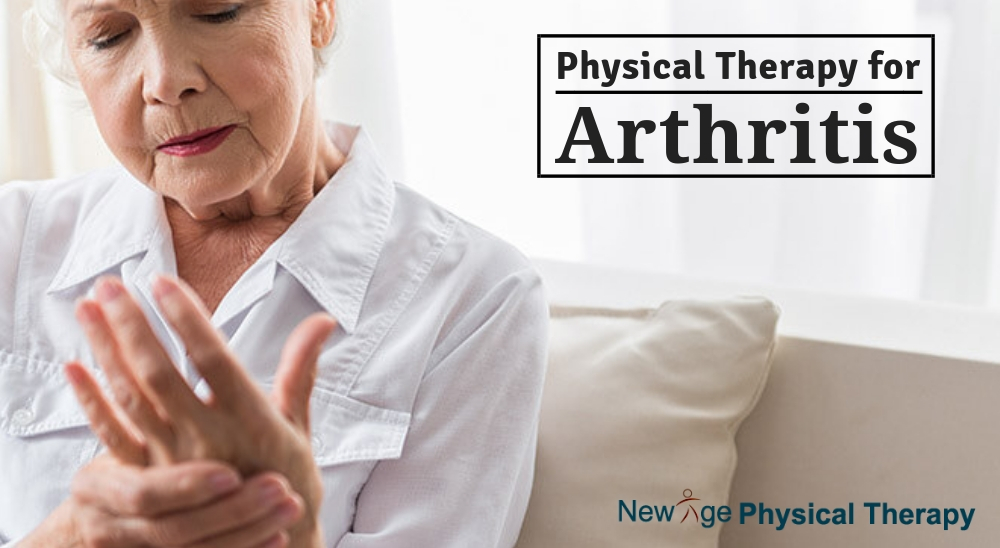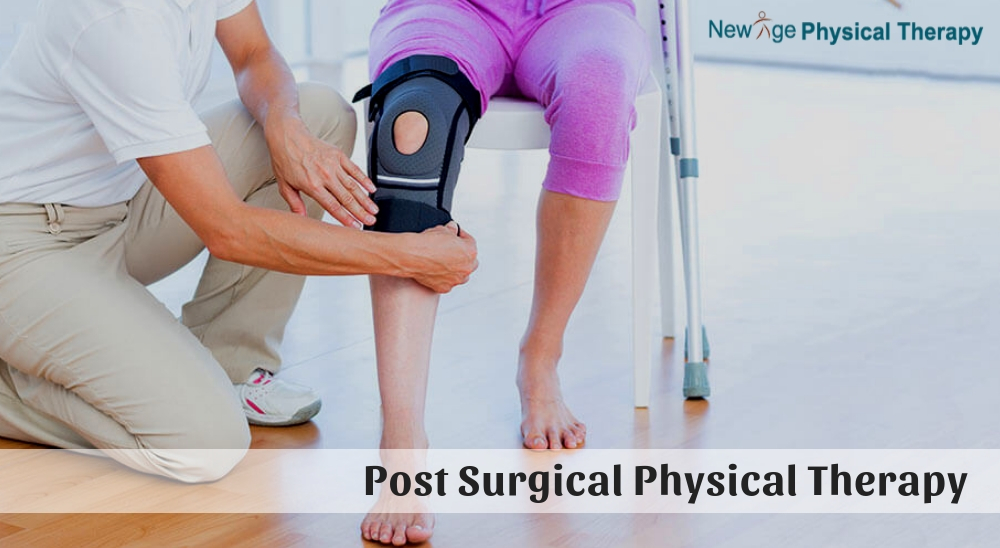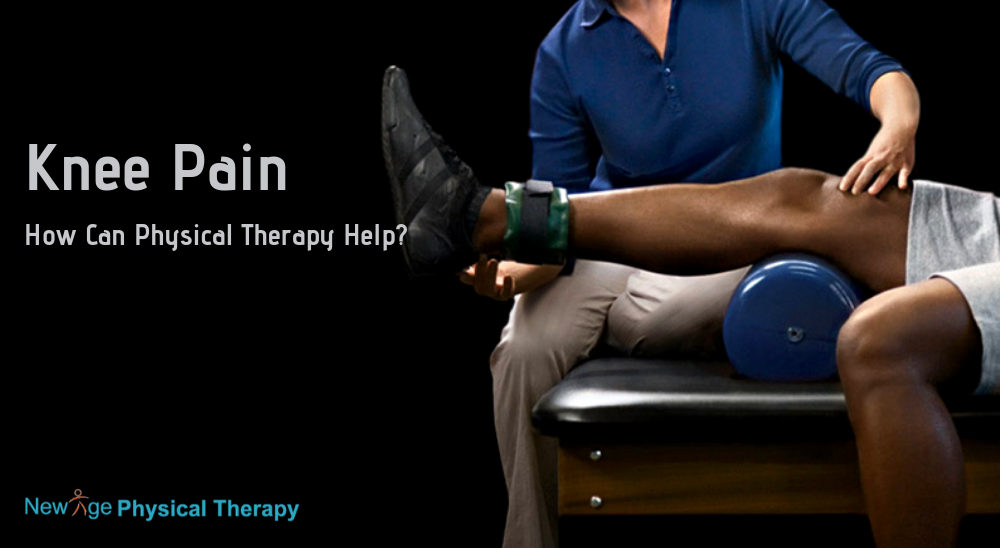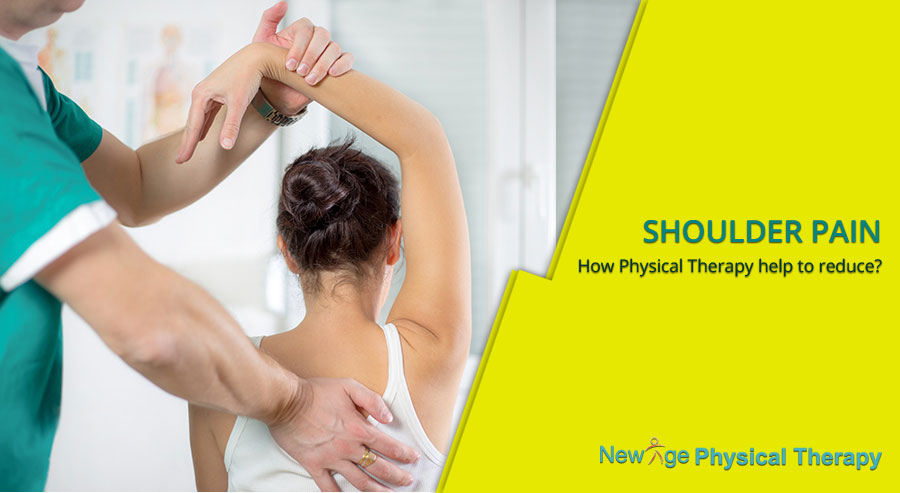Physical Therapy vs. Chiropractic Care
Physical therapy and chiropractic share common goals like relieving pain, however, the modalities used for the two practices are quite different. Physical therapy helps patients regain mobility and prevent future injury, for all body parts, while accomodating to the individual’s pain level and tolerance. Chiropractic concentrates on realigning the spinal vertebrae that is causing pain and/or pressure on the nerves.
With this treatment, symptoms for a diagnoses may return later on, thus, chiropractic requires continous support. On the other hand, a physical therapist will inform patients proper steps or exercises to prevent problems from happening again. Often times, chiropractic is ineffective in treating chronic pain but it can treat acute pain such as those experienced from moving furniture, shoveling, or falls.
Chiropractors focus solely on muscle and skeletal manipulation, thus, there is a greater chance for conditions to worsen. Since all individuals are different, some people may not respond well to these treatments. A physical therapy program, however, will be catered to the individual’s starting point and will work along their pain level and progress as the patient proceeds.
A physical therapist will also carry out tests during the initial evaluation to determine which exercises will be appropriate and which to avoid to prevent exacerbation. Instead of the more aggressive techniques used in chiropractic, Physical Therapy New York, NY incorporates a more gentle approach, therefore, further injuries are unlikely.
Physical therapists know more about how the body works, therefore, they are more likely to locate underlying injuries or weaknesses if present. This knowledge can help proceed the treatment program efficiently by working on the point of origin. The therapist can also recognize which exercises to do safely without onsetting pain in other body parts as everything is essentially connected. Chiropractors, however, tend to focus on spinal issues and fail to see the whole picture.
Here is an overview of why physical therapy may be a better option:
- Physical therapy can treat more aspects of the human body
- Chiropractic may cause addition pain/injuries
- Physical therapists are more likely to see undyling problems
However, as always it is best to consult your physician to see which practice will be best for you.



